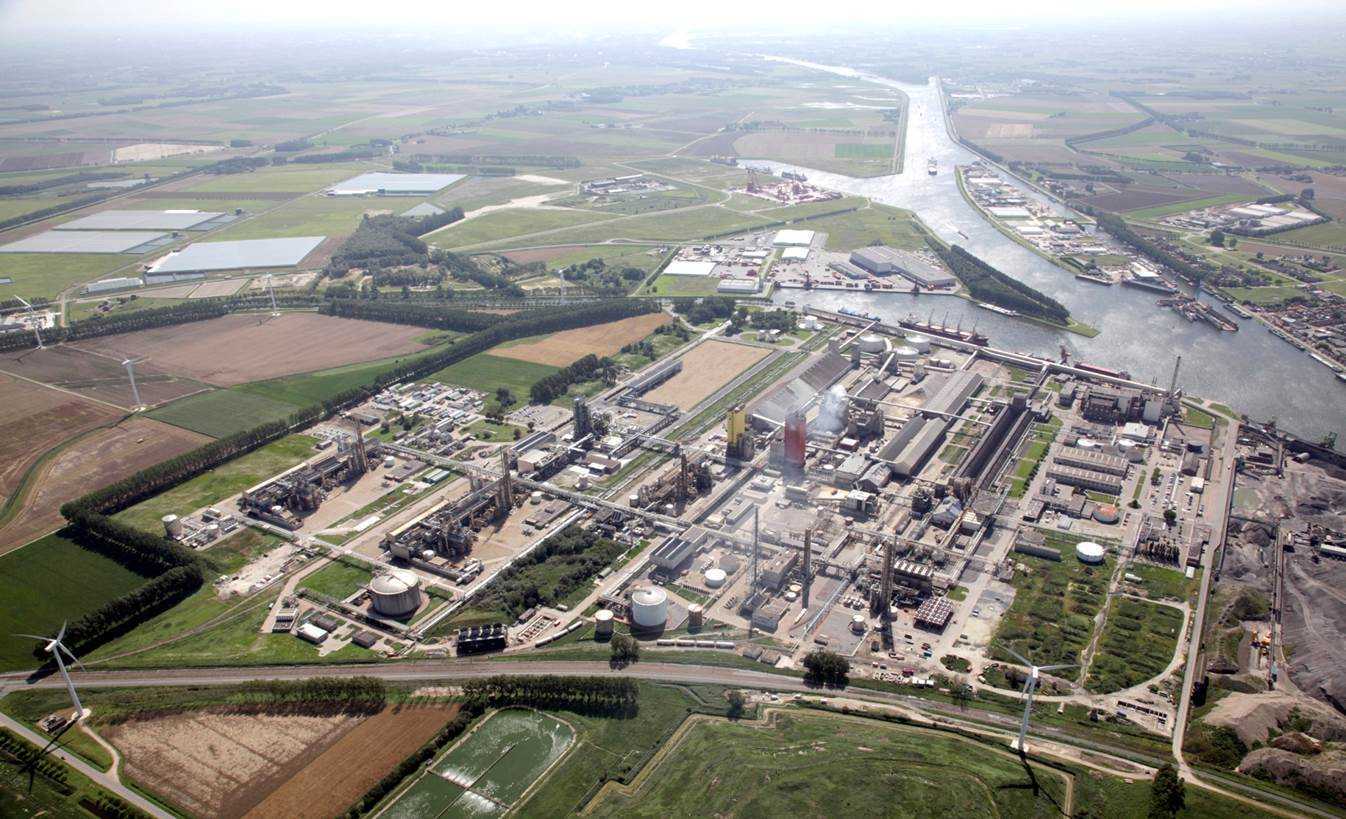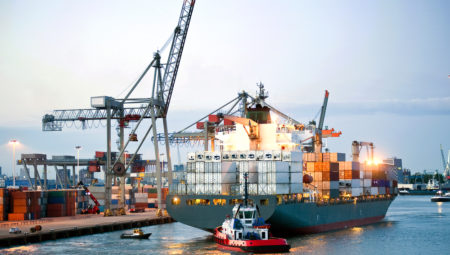These are the words of Raimo Van der Linden (REWIN), responsible for the business development of the Moerdijk Pyrolysis testing ground. Various parties have joined forces in this project (see the full list in the box).
‘We have the raw material suppliers on board, the providers of the technology – companies that have developed pyrolysis technology, end customers – and the companies that buy pyrolysis products, and knowledge and research institutions. Half of the investment in the project is provided by private parties, while the rest comes from the European Regional Development Fund within the framework of the Operational Programme South Netherlands ERDF 2014-2020. The project also receives financial support through a contribution from the government and co-financing from the Province of North Brabant,’ according to Van der Linden.
Not ‘one size fits all’
According to Rob Plattel (PNO Consultants), project leader at the testing ground, pyrolysis is a promising technology for converting a large variety of residual streams into fuels, chemicals and – by extension – materials. ‘It is a proven technology, but it still needs to be optimised for the different input streams and products (oil, gas, carbon) which come from the process.’ Four pyrolysis companies are working in the project, each concentrating on their own technology. Pyrolysis is not one-size-fits-all, according to Plattel. Different configurations are possible for pyrolysing biomass and non-organic materials. The four technology companies are Nettenergy, Teknow Systems, Charcotec and Waste4ME. Nettenergy has a mobile plant it uses to produce oil as well as wood vinegar, gas and biochar. Teknow pyrolyses (contaminated) plastics into oil and gas. Charcotec converts clean biomass – wood (pallets) and turf – into biochar. And finally, Waste4ME converts contaminated waste into gas and oil.
Winning combinations
The companies mentioned above will bring their technologies to pilot scale (between 25 and 200 kg/day) to further optimise the process on the basis of different feedstock combinations. All in all, there are more than enough options, according to Van der Linden. ‘We are at the start of the process. So I am not going to make any predictions about winning combinations. The companies will discover these themselves in the coming years.’ In doing this, the companies receive assistance and expertise from the knowledge institutes. The Centre of Expertise BioBased Economy of the Avans University of Applied Sciences, for example, will carry out analyses and LCA studies on samples and provide internships for students who will work at the physical locations at the Moerdijk port and industrial estate.
Common denominators
Plattel stresses that the above companies will not only concentrate on their technology, but also work together on the important common denominators which apply to all businesses, such as emission standards, product specifications or ensuring that pyrolysed products enjoy wider acceptance. The status of these raw materials is not the same in every country, which can delay or expedite the market introduction. Together with suppliers of biomass and end customers, the technology companies will also set up value chains. This is about winning combinations which should bring technology and economy together. And that too is a matter of scale: to what extent are the volumes which are demanded in line with the supply?
Focus on the market
The customers in the project will first have to test the semi-finished products and end products. Large volumes will be required for this purpose, for example to run diesel engines on pyrolysed bunker oil or convert pyrolysis oil further into chemicals. Plattel: ‘These pathways will first have to be examined on a pilot project scale before further scaling up can take place: technology development with a focus on the market. If you leave out the latter, there is a good chance you will run into a dead end. That is why the input and feedback of customers is of crucial importance.’ The last question is: what will happen after the summer of 2020 when the period of the Moerdijk Pyrolysis testing ground ends? ‘I don’t consider it as an end date,’ says Raimo Van der Linden. ‘It is more like the moment for a follow-up when certain technology market combinations are scaled up further. It would be nice if we could keep this activity in the port of Moerdijk or somewhere else in the region.’



